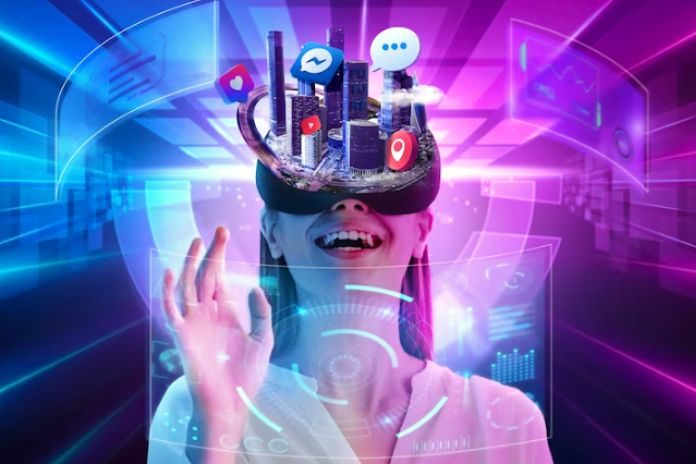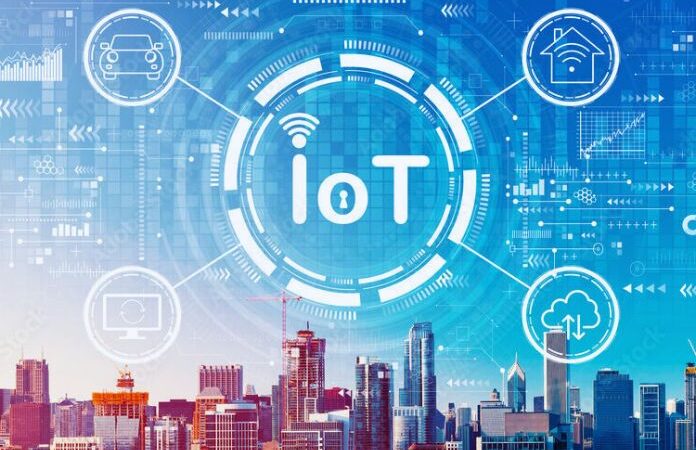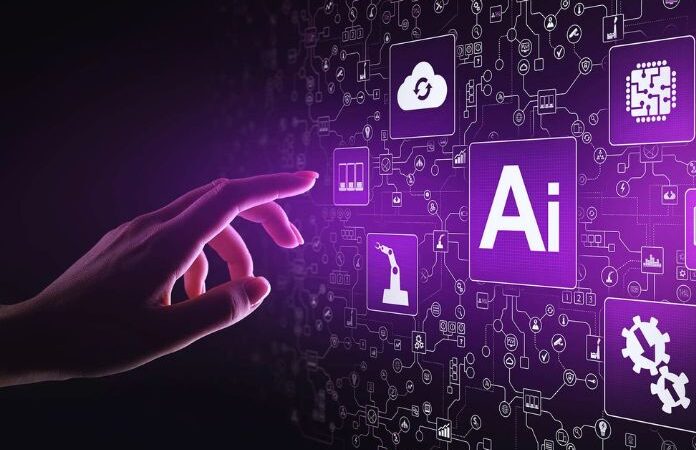Metaverse And Web 3D: Guide To The Virtual Spaces Of The Future

At the premise of the present and future utilizations of the Metaverse, which surmises the production of new virtual and expanded conditions, is embedded the Web3D, or the arrangement of advanced innovations that treasure the capacity to address three-layered articles and spaces. The Metaverse is now here: it’s the ideal opportunity for organizations to investigate its capacity, realizing the new plans of action it makes accessible.
At the premise of the present and future utilizations of the Metaverse, which surmises the production of new virtual and expanded conditions, is embedded the Web3D, i.e., the arrangement of advanced innovations that exploit the capacity to address three-layered items and spaces. Web3D, which Neosperience has been coordinating for a long time in Computer generated Experience and Expanded Reality tasks and arrangements, joins the social aspect that recognizes the Metaverse to give life to new virtual spaces. The last option can take various structures and objects: we should see them together.
Table of Contents
The Metaverse As A Design Space: The Digital Twin
The Metaverse represents the ideal space to experiment with new products and services before introducing them to the market in the real world. Web3D and Metaverse technologies transform the Web into an advanced experimental design space for 3D prototyping and simulations. Thanks to the low costs and the possibility of testing prototypes in safe environments, the Metaverse is helpful for industrial, manufacturing, and automotive engineering projects.
The Metaverse As A Showroom
The possibility has already existed for years of creating and using virtual 3D spaces as showrooms: this is demonstrated by the projects conducted by Neosperience, thanks to Mixed Reality solutions that use the most advanced three-dimensional engines for clients such as Prada and Haier.
The entry into the field of the Metaverse, indeed of the proprietary Metaverses made available by individual companies and brands, gives this type of commercial operation a new meaning and allows more significant interaction with the products on display also between the customer and the final consumer. This technology also finds application in B2B: within the virtual spaces, stakeholders can consult accurate interactive catalogs and benefit from using product configurators enriched by Artificial Intelligence.
The Metaverse As An Event Hall
The world of virtual events represents the natural entrepreneurial evolution of the current form of the Metaverse. For some time now, many brands have experimented with organizing events such as fashion shows and conferences on spaces such as Decentraland and Sandbox. Even manufacturing companies can set up virtual spaces to offer customers the possibility of observing projects and systems in 3D, participating in meetings, and assisting in presenting new products remotely. Organizing events within proprietary metaverses is also possible – a new frontier which, thanks to scalable solutions such as NFT-Commerce, becomes within reach of companies wishing to use them.
The Metaverse As Real Estate
In the Metaverse, you can buy land and houses just like in the real world. Within the Sandbox video game, owned by the Pixowl production studio, it is possible to become the land owner for digital events and projects. The technologies enabling virtual space purchase on these platforms are the blockchain and the use of cryptocurrencies such as Ethereum. The unit of measure, the parcel, establishes the property size made available by the virtual platform. It is also possible to build real estate, such as headquarters or offices, in the Metaverse, by purchasing plots independently or thanks to the mediation of a specialized agency. Several virtual real estate agencies have already sprung up globally, a number set to grow shortly.
The Metaverse As A Classroom
Thanks to its interactive and immersive nature, the Metaverse lends itself to becoming a valuable tool for school and professional training. It is possible to use the gamification techniques that distinguish the Metaverse as we know it today for educational purposes, using the typical dynamics of the world of video games to keep the attention of the youngest.
From an entrepreneurial point of view, however, the Metaverse becomes the ideal environment for continuous training and professional updating. The goal, made possible by Virtual Reality and Augmented Reality, is to conduct meetings and meetings remotely: it is no coincidence that the agreement reached between Meta and Microsoft for using Teams with the new Quest viewers has made headlines recently.
Conclusion: Metaverse And The Natural World
In its present and future applications, the Metaverse allows companies, public bodies, and administrations to establish a point of contact between the physical and digital worlds, using Web3D, cryptocurrencies, and the blockchain as enabling factors. It then becomes essential to invest in continuous training and innovation to detach this innovation from the videogame dimension with which it is known today. Only in this way will it be possible to overcome the hype and give new meaning to the Metaverse.
Also Read: The Impact Of Robots On Jobs: Here Are The Details






